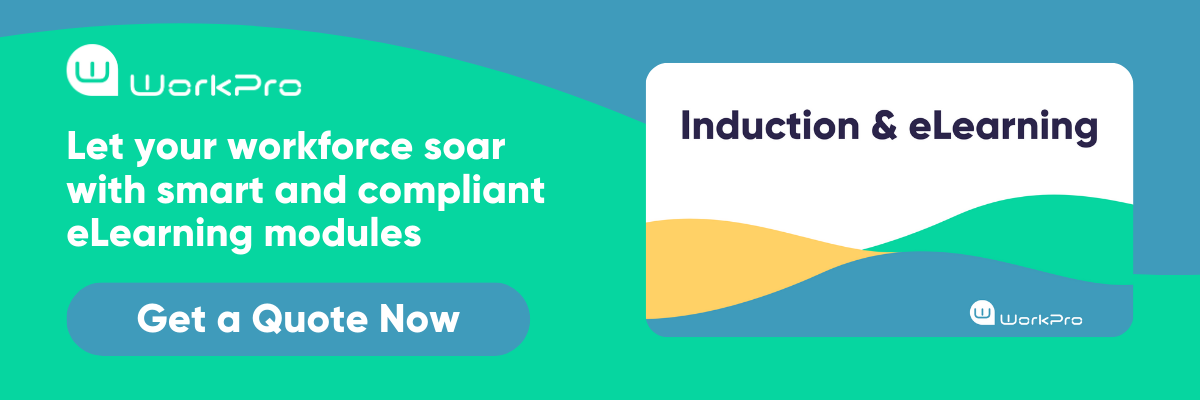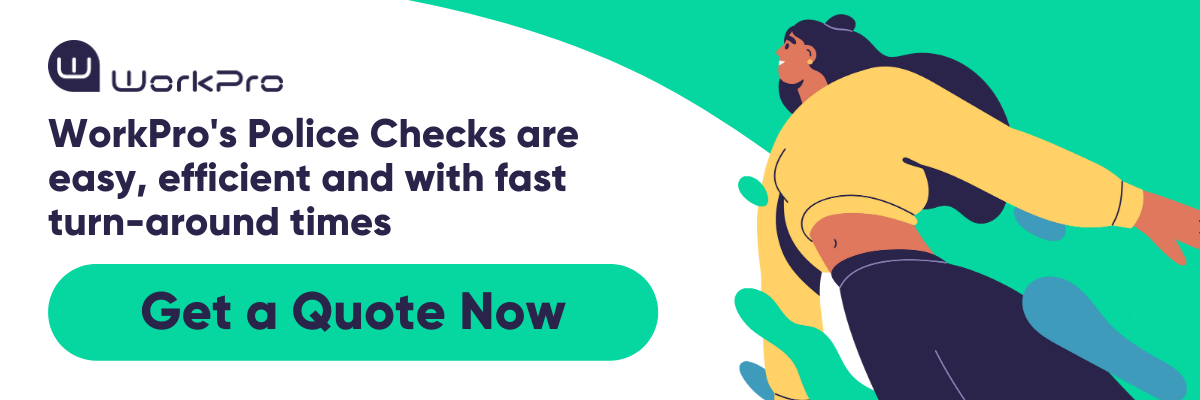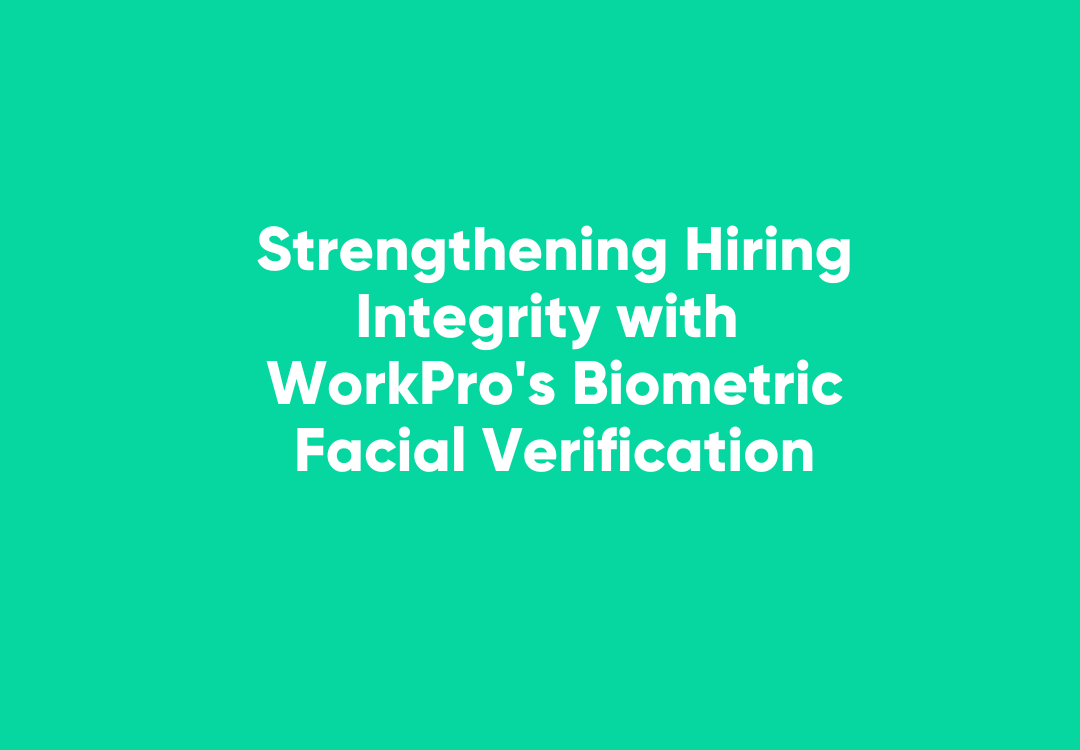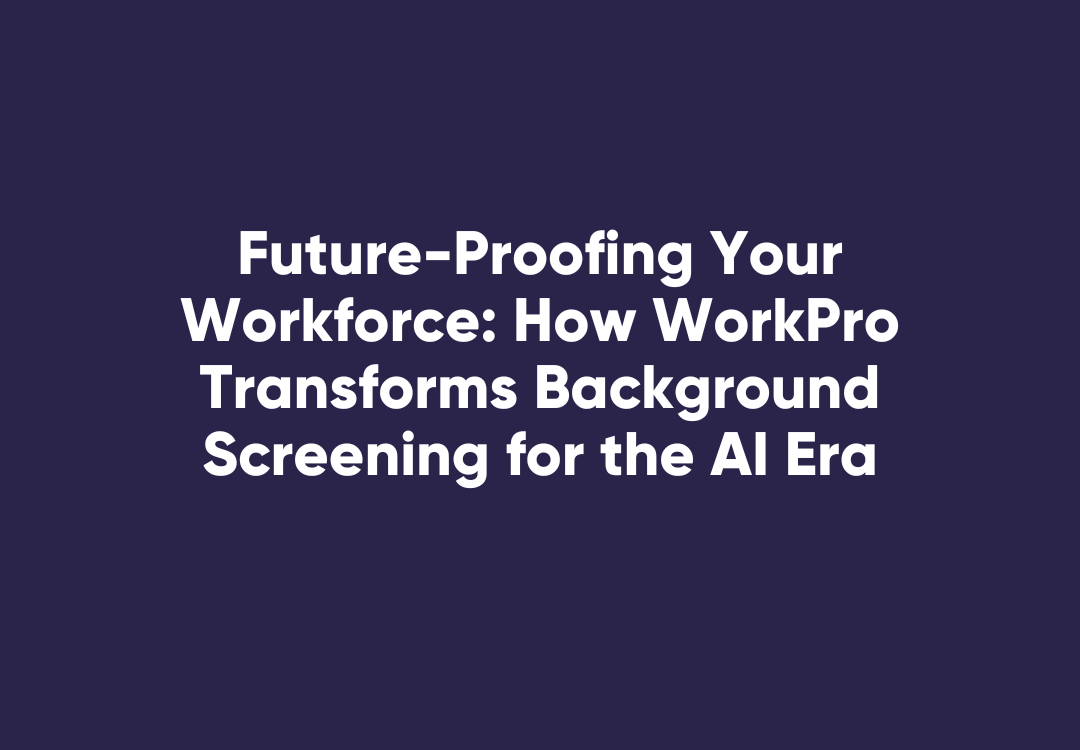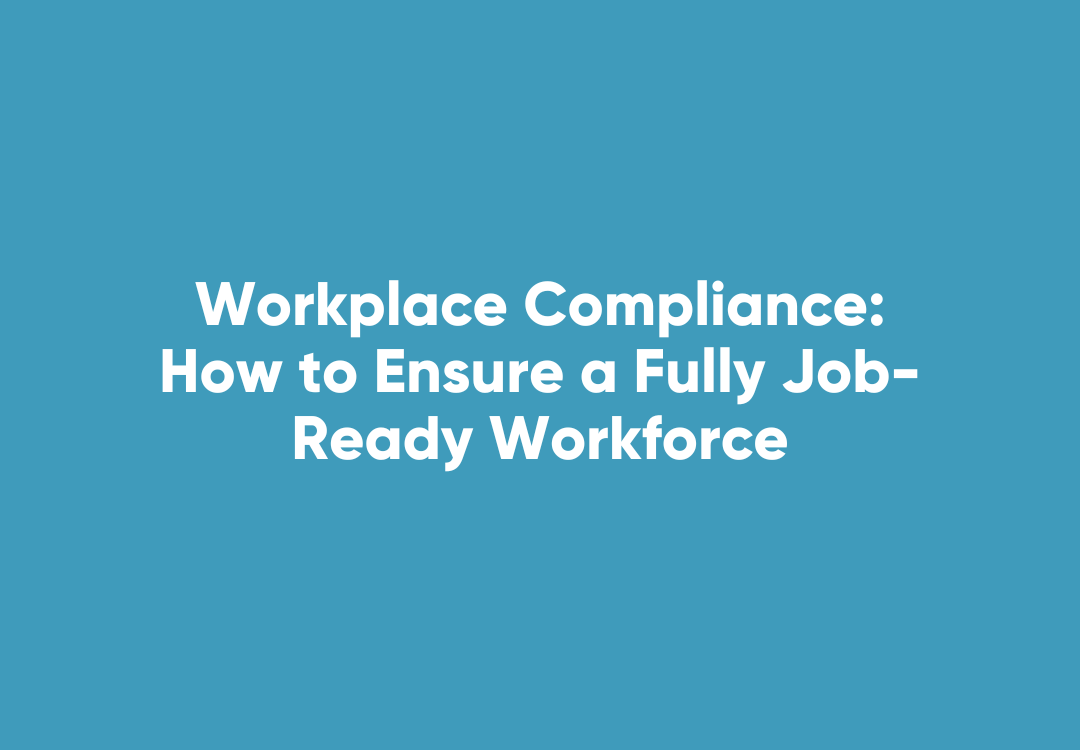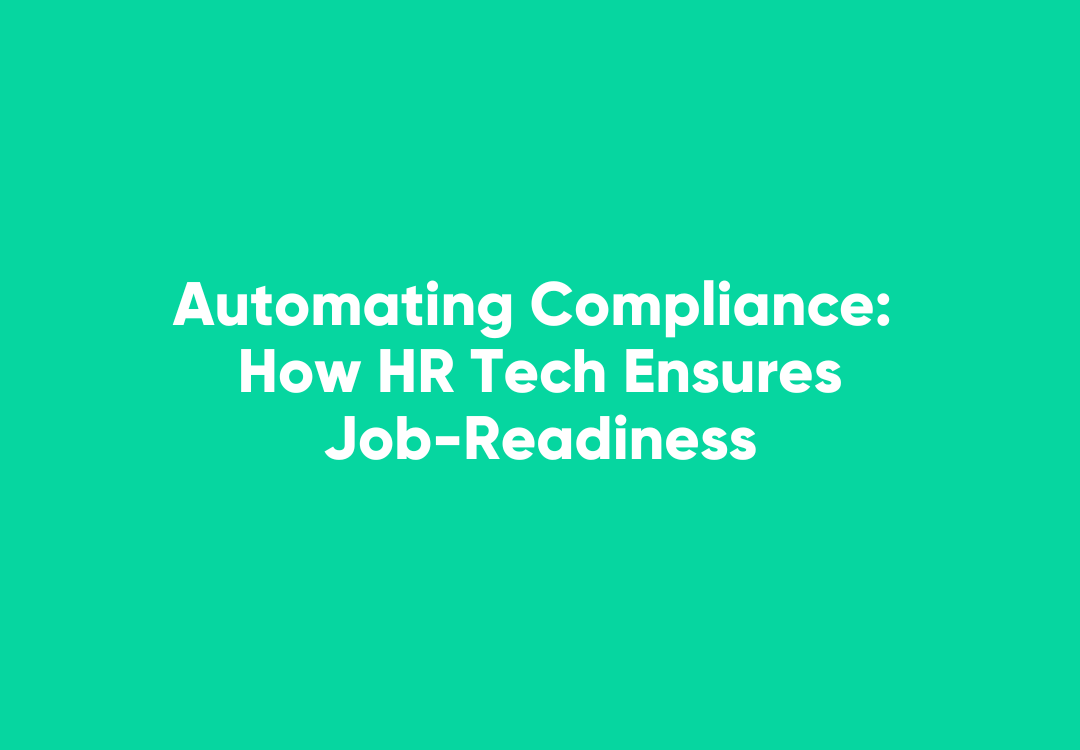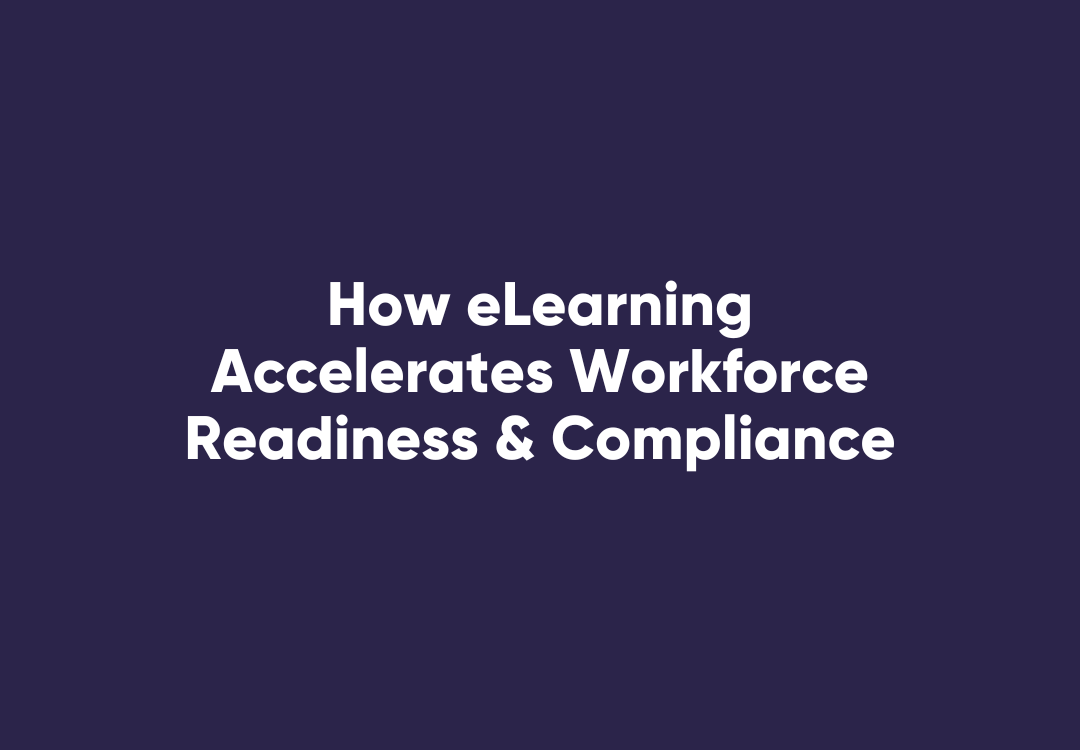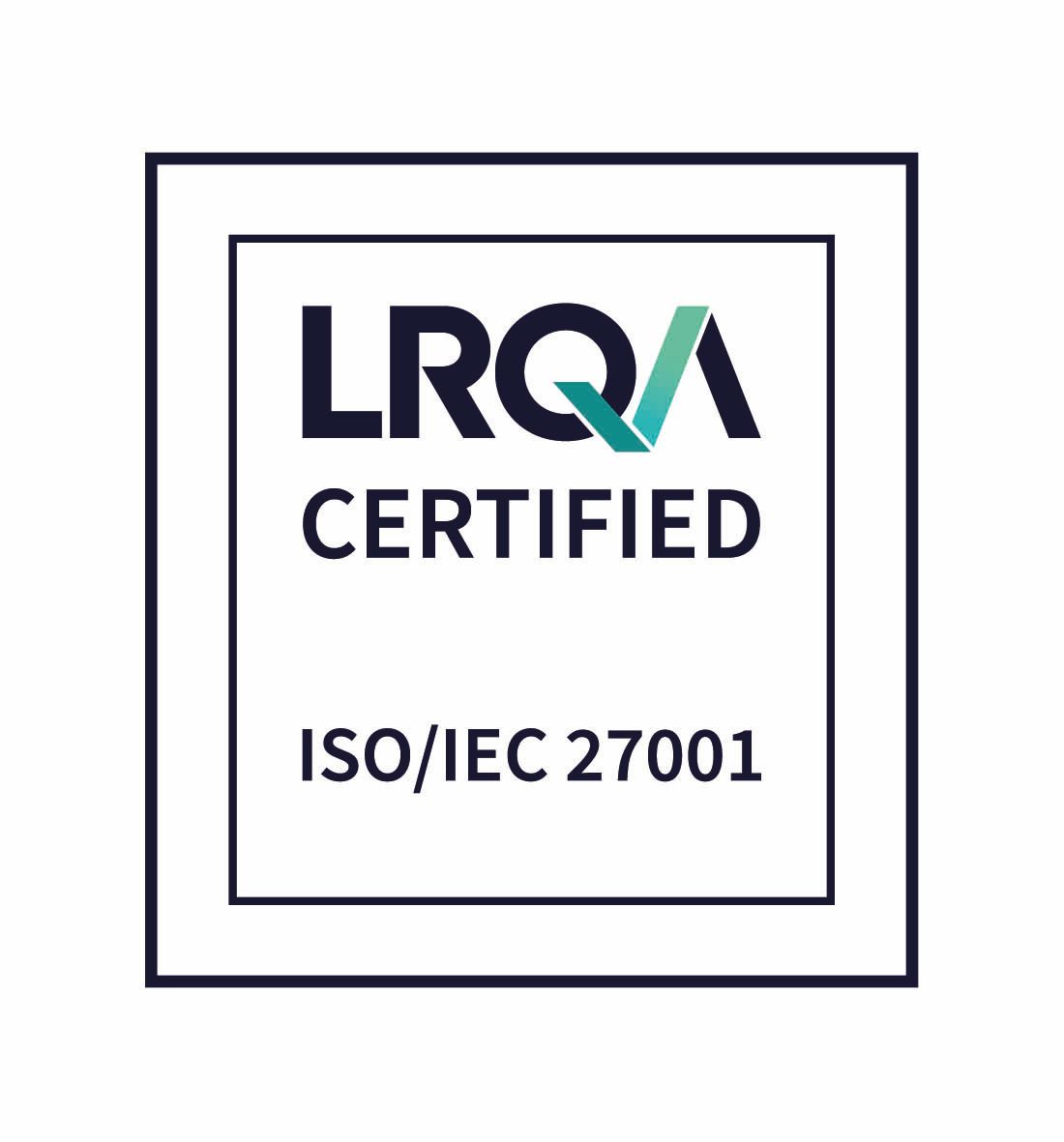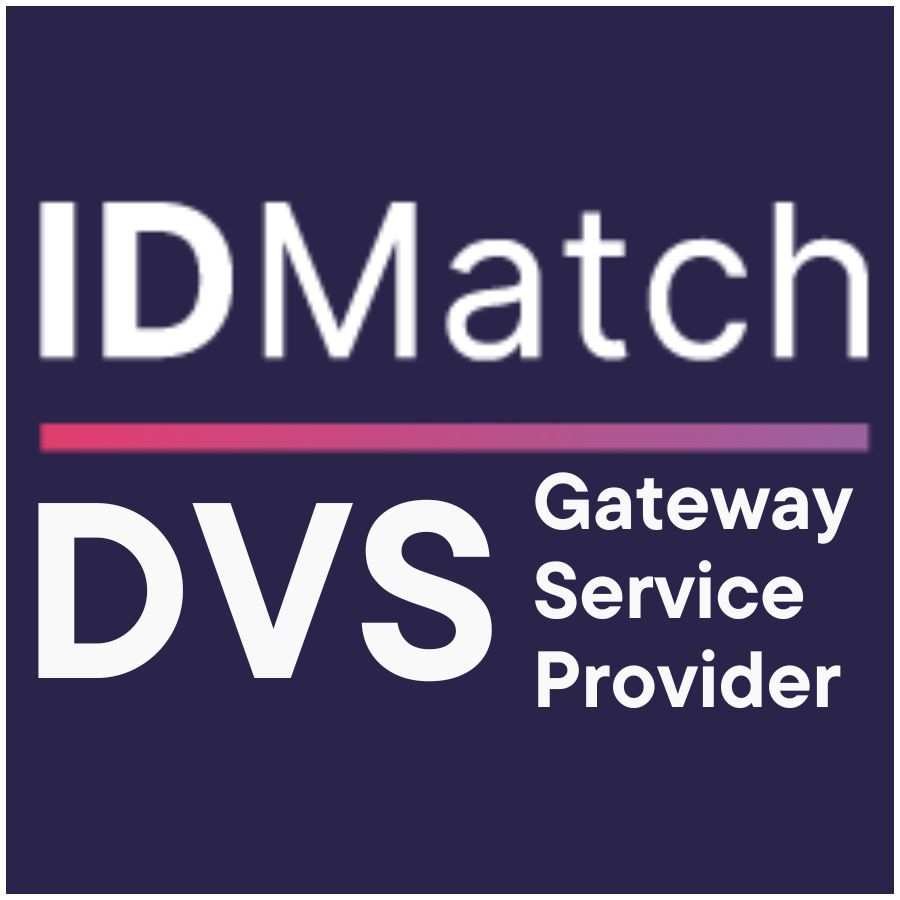How HR Software Can Enhance Your Business – What You Need to Know
Finding and managing talent are among the key challenges businesses face, and the HR department within an organisation is understandably a crucial aspect of operations.
According to the 2016 Global Recruiting Trends report released by LinkedIn, 39 per cent of survey respondents consider the quality of their hires the most valuable metric for performance.
Being a department regularly under pressure to compete for the best candidates, the HR team often contains some of the most multifaceted and adaptable members of the business.
It’s a complex field, however its function in the modern age is supported by an array of tools and software to optimise performance.
An impressive variety of HR solutions are available to assist organisations to not only find new employees, but manage their performance and development in the hopes of fostering a long, productive working relationship.
Find the best candidates with HR software.
Types of HR software available
As mentioned, HR covers all aspects of talent management, and there is no shortage of offerings in the market.
Before getting into specifics, however, let’s take a look at some of the types of software that can help the department.
1. Hiring software
A natural place to start, software solutions for hiring can cover the creation of effective vacancy advertisements as well as posting in multiple locations, recruitment, tracking of applicants and candidate screening. In many cases, simply finding the best people for your vacant jobs is the most challenging part of HR, but having innovative tools on hand can get your hiring process off on the right foot.
2. Onboarding software
Once you have found, interviewed and ultimately hired a new worker, the next step is to get them integrated into your business and ready to carry out their new duties.
Onboarding is a crucial part of getting a new hire up to speed quickly, and software solutions can streamline the process.
Eliminate large amounts of paperwork, provide a comprehensive WHS induction and communicate the organisation’s values and objectives clearly from the outset.
Onboarding is a crucial part of getting a new hire up to speed.
3. Training software
How much training can be conducted online or through software will depend on the nature of your organisation, however any solutions that offer a self-guided learning element can improve efficiency in the HR department.
Younger workers in particular have likely been raised to use computers in almost every aspect of their lives, so providing a process in a format they are familiar with can be hugely beneficial.
4. Performance software
Tracking, measuring and rewarding employee performance is a crucial part of the working relationship.
Performance-based software solutions can assist your organisation in offering useful feedback to employees from their first assignment right throughout their time with your organisation.
Research from Bersin has shown that recognising good performance can significantly impact employee engagement and lead to lower turnover, so having suitable measurement software can benefit many areas of HR.
How HR software can help your business
Introducing some or all of the different types of HR software mentioned above into your business can lead to some significant benefits, not just in talent management but across the entire organisation.
From saving space in your office to reducing employee turnover, optimising your HR department is just a matter of securing the right set of solutions.
- Organisational benefits – Keeping track of vast amounts of information has long been a challenge for businesses of any size. Replacing physical paperwork with a digital equivalent not only saves storage space in your office, but the chances of misplacing or damaging critical documentation are significantly reduced.
- Information sharing benefits – Keeping your business data in silos can be a huge impediment to improving performance. Whether it’s the HR department, the finance team, the ground-level workers or the executives shaping the direction of the company, having a unified vision can ensure greater consistency. Information sharing is streamlined with HR software, giving multiple levels of the organisation access to information such as criminal record checks or WHS qualifications.
- Geographical benefits – Digital technology and the increasingly mobile business environment have essentially eliminated many of the traditional difficulties in terms of worker and recruitment location. Where your potential pool of candidates was once restricted by geography, nowadays it’s not uncommon to investigate other cities or even countries in the search for talent. Online HR solutions can make that process even smoother, and developments in telecommunications and video conferencing technology have opened the HR playing field even more.
HR software can streamline the onboarding process for new workers.
Important considerations when choosing HR software
Given the wealth of different solution providers available today, selecting the right system to suit your organisation can be daunting. It’s important to work out precisely what your “must have” features are first, then you’ll have the freedom to consider some additional functionality that could add further benefits.
One of the most critical aspects to think about before committing to a solution is its ability to integrate – not just with other HR software you might be interested in, but with your organisation’s existing platforms.
The ideal system may encompass several individual applications, but the entire HR management process should be as streamlined and close to a singular end-to-end strategy as possible.
For example, all of the employee information gathered through hiring software should be easily transferable to your onboarding software, and then to training, performance management and so on. It’s another aspect of the organisational benefits outlined above, one which can reduce delays and confusion for you and your employees.
A further concern for businesses that want to improve performance and continue to grow is scalability – will your HR software be able to cope should you need to add new functionality in the future.
At the early stage, you may only have the budget to integrate your “must have” functions, but once your organisation starts to see the benefits of the software it’s easier to upgrade an existing solution than it is to start afresh.
With carefully selected HR software, the performance improvements will quickly make themselves known, so do your best to future-proof your system by ensuring it can be easily expanded.


